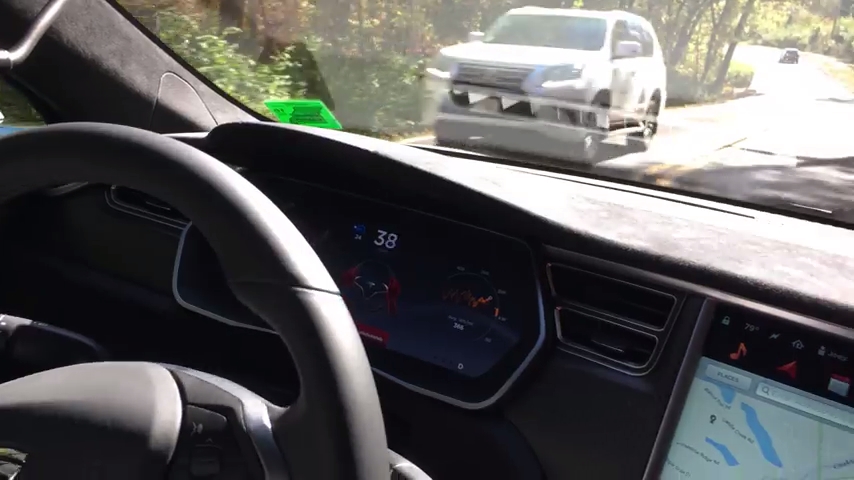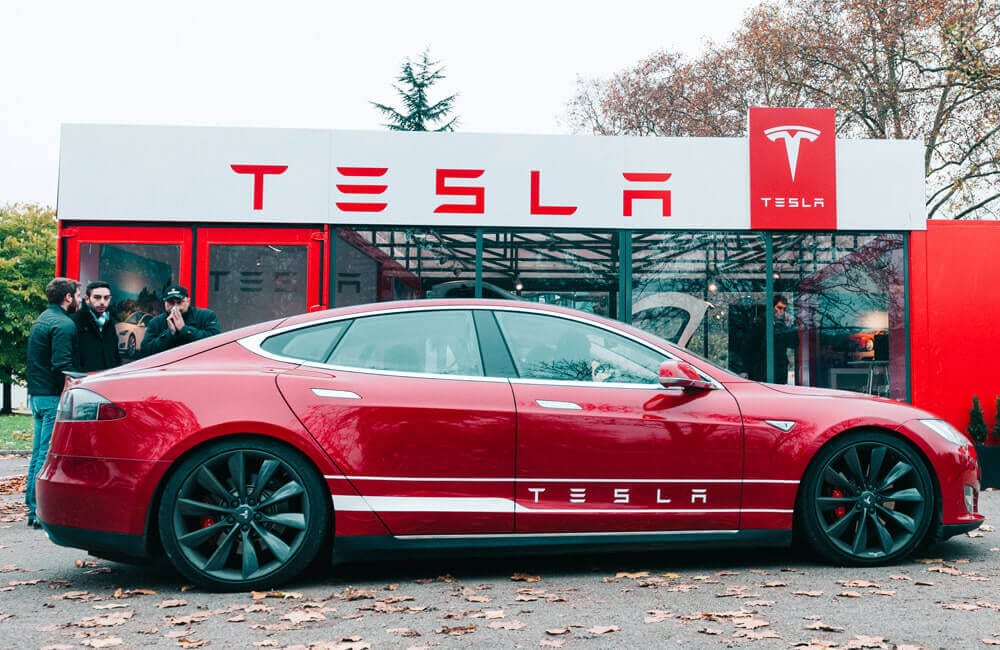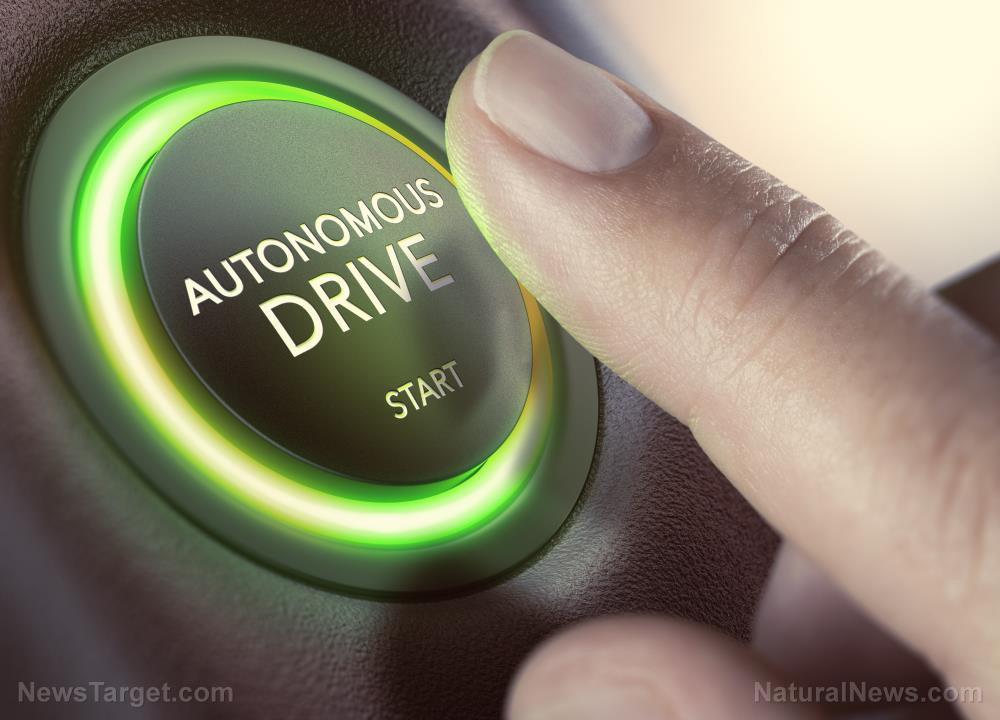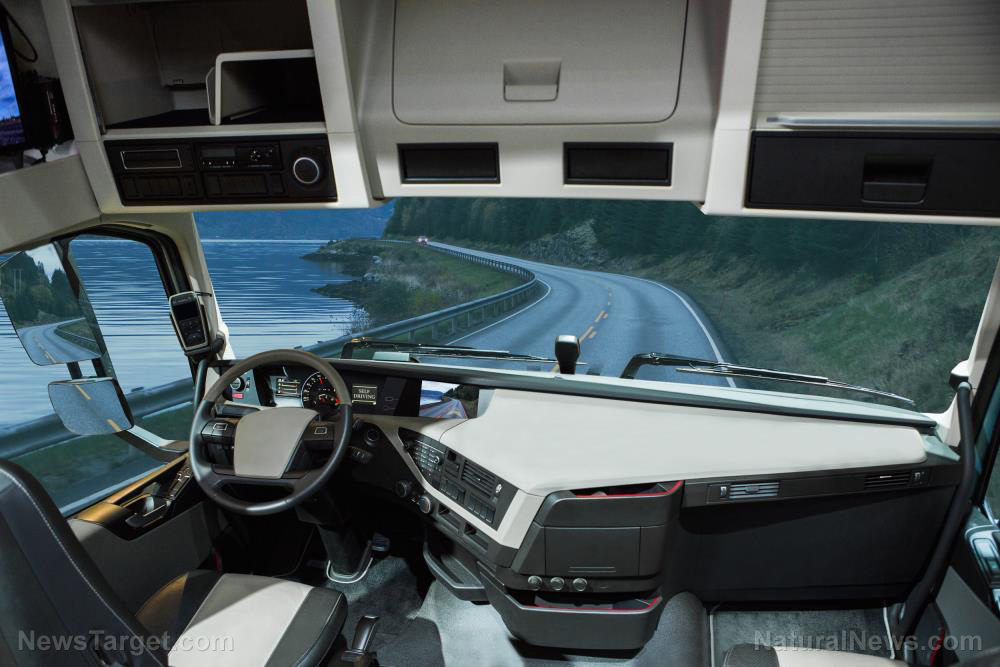
Whether you’re a hands-on driver or someone who enjoys a self-driving car, unexpected obstacles are a danger you risk facing every day. You can make split-second decisions based on what’s in front of you. But what if that object or person is hidden behind a tight corner? There’s no way for you to see it coming. That may soon change thanks to the efforts of Stanford University researchers. This group of scientists is working on a laser-based system that will allow autonomous vehicles to perceive obstacles that are hidden from sight.
As incredible as it sounds, this isn’t impossible. There is already existing technology that allows scientists to create 3D models of unseen objects by pointing laser pulses at their surfaces then measuring the amount of time it takes for these pulses to bounce back.
"There is this preconceived notion that you can’t image objects that aren’t already directly visible to the camera – and we have found ways to get around these types of limiting situations," researcher Dr. Matthew O'Toole told TheGuardian.com.
Dr. O’Toole and his colleagues worked off of that concept to come up with a setup that utilized a laser and photon detector that were separated from an object by a partition. The laser fired pulses at a wall at an angle, and the photon detector captured light particles. Specifically, the light particles that reflected off the wall then off the object before being scattered around. O’Toole explained that the second, third, and fourth bounces of light were key to uncovering hidden objects. Moreover, the scan itself can take anywhere from two minutes to an entire hour, depending on conditions like the object’s reflectivity and the lighting.
When the scan is completed, an algorithm separates the photon paths from one another to eventually create a clear image from what was once a blurry, indiscernible blob. Compared to the scan, this part of the process is much quicker as it can untangle the photons in less than a second. The researchers believe that they can make it even faster so that the results are produced almost instantaneously.
Their first attempt was with a model of a rabbit. Following its success, the researchers moved on to other objects, such as an "Exit" sign. As with the initial attempt, the proceeding ones lead to promising results.
Another advantage of the system is that it uses up very few resources (memory and processing power, specifically) compared to others of its type. "A benefit of our algorithm as well is that it's compatible with existing scanning lighter systems. So you can conceivably take our algorithm, apply it to these existing systems and be able to perform this non-line-of-sight imaging," explained researcher David Lindell. (Related: Robot-controlled vehicles could soon be restocking military front lines with ammo, food, fuel.)
Though the researchers see their system greatly benefiting autonomous vehicles, they admit that there are still some issues that need to be tweaked. On top of the long scanning time, all of the objects they’ve tested the system on have been stationary and/or poorly reflective. At most, they’ve tested it out on retroflective objects under indirect lighting conditions. So while the system may be capable of recognizing safety vests and road signs, it might have difficulty with a moving person dressed in non-reflective apparel.
Regardless, the researchers are confident that with more fine-tuning, the system will be an excellent addition to self-driving cars.
"This is a big step forward for our field that will hopefully benefit all of us. In the future, we want to make it even more practical in the ‘wild,’" said senior researcher Gordon Wetzstein.
Visit Inventions.news to remain updated on improvements made for self-driving cars.
Sources include:
Please contact us for more information.





















